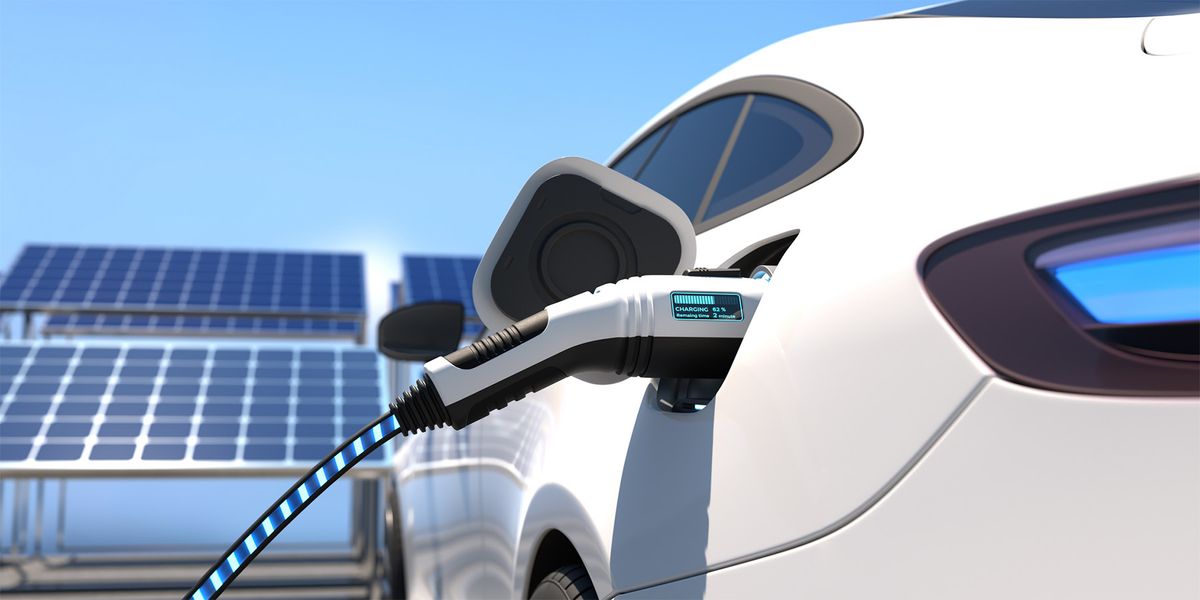
Fire and EMS: Be Alert for Alternative Fuel Vehicle Conversions
Learn about the importance of recognizing a vehicle converted to alternative fuel use and how to stay safe.
Posted: March 1, 2023
- Find similar articles:
- Battery safety
- Equipment and technology
- Hazmat
- Health and safety
Until firefighters and other first responders know differently, they should not assume vehicles are gas or diesel powered: treat every vehicle at an incident scene like an alternative fuel vehicle.
Why?
As alternative fuels become increasingly popular, many vehicle owners are opting for professional and home conversions that change fossil fuel-powered vehicles into vehicles that run on alternative fuels. It’s important for all first responders to be aware of alternative fuel conversions because vehicles powered by anything other than gasoline or diesel may not react to heat, flames or water suppression efforts in the same way as traditional vehicles. This is a potential threat to the safety of firefighters and other emergency personnel.
Electric vehicles
The most popular conversion is from fossil fuel into battery-powered electric vehicles (EVs). These conversions can be done to almost any car or truck by both professionals and experienced home mechanics.
You cannot be sure that a vehicle you assume is powered by gas is an internal combustion engine-powered vehicle. Firefighters need to prepare for the worst and assume all vehicles are alternative fuel vehicles until they are sure. This includes:
- Making all approaches in full turnout gear.
- Having a hose line set up.
- Being ready to call for more equipment, such as containment and additional water resources.
- Considering standby status for a hazmat unit.
- Following your department's EV protocol if applicable.
For additional incident action suggestions, review the IAFC Bulletin: Fire Department Response to Electrical Vehicle Fires PDF.
Are there ways to determine if a vehicle is an EV?
Other than a vehicle being immediately recognizable as an EV — such as a Tesla, Chevrolet Bolt or Nissan Leaf — it is not always easy to identify an EV. The first step, if possible, is to ask the driver or passenger. Other things to look for include:
- Vehicle badging. Some conversions come with decals or emblems to promote the commitment to an alternative fuel.
- Check under the hood if it can be done safely. Is there an electric motor? A battery pack?
- Look for a charging port where the vehicle is plugged in to recharge the batteries. Sometimes this is positioned where the fuel tank access was, but it can be in another location or hidden, for example, behind a taillight.
- Look at the instrument cluster. The instrument cluster on an EV will display information such as battery level, range and charging status.
- Check the doors. They may not open due to a loss of power.
Other alternative fuel conversions
Although conversion to EV is currently the most popular, other conversions to be aware of include:
Hybrid conversion
The gasoline engine is paired with an electric motor and battery, creating a hybrid power system.
Conversion to hydrogen fuel cell
The gasoline engine is replaced with a hydrogen fuel cell and associated storage and delivery system.
Conversion to propane or natural gas
The gasoline engine is converted to run on either propane or natural gas.
Conversion to biodiesel
The diesel engine is converted to run on biodiesel, which is made from renewable resources such as vegetable oil.
Conversion to ethanol
The gasoline engine is converted to run on ethanol, which is a biofuel made from corn, sugarcane or other crops.
Dual-fuel (flexible-fuel) conversion
The engine is modified to run on both gasoline and an alternative fuel, allowing for flexibility in fuel choice.
For more information, download free emergency response guides from alternative fuel vehicle and kit manufacturers.
Other vehicles
Cars and noncommercial trucks are not the only vehicles manufactured as, or converted to, alternative fuels. Do not assume that motorcycles, buses, boats, recreational vehicles and commercial trucks are fossil fuel powered.
Prepare now for alternative fuel vehicle incidents
The use of alternative fuels in vehicles is on the rise. Firefighters must prepare now for the changes and challenges that come with this trend. By assuming every vehicle at an incident scene is an alternative fuel vehicle and taking the necessary precautions, firefighters can ensure their own safety and the safety of those they are sworn to protect.
